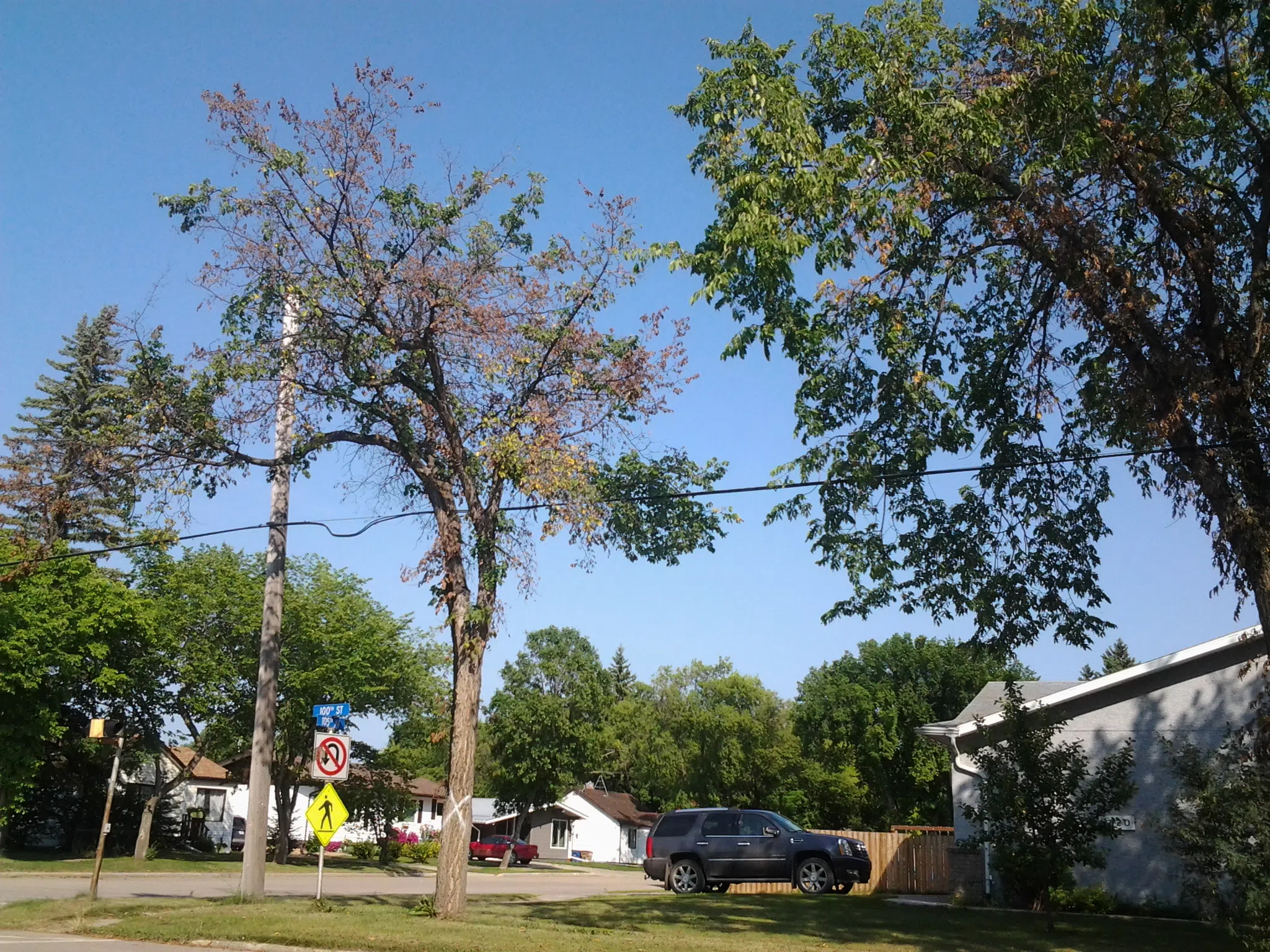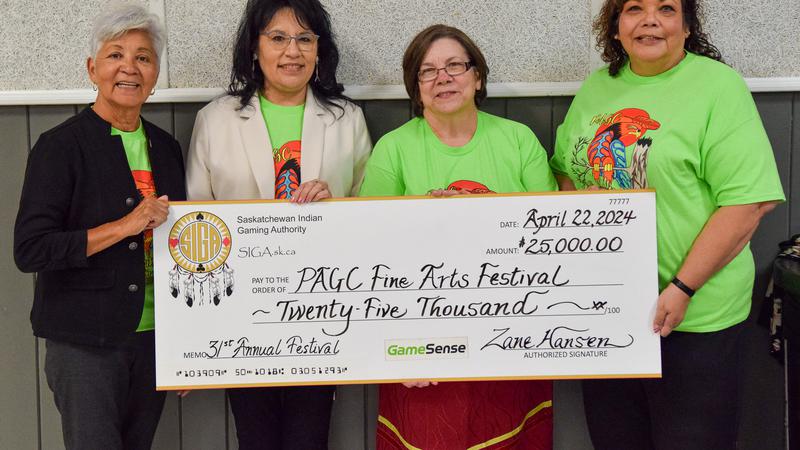
Prince Albert Dutch Elm Disease free so far
For the first time in Saskatoon’s history, city crews had to deal with and contain a case of Dutch Elm Disease (DED).
In Saskatoon they’ve been testing for the disease systematically since 1993 and a tree tested positive on July 21.
The infected elm tree was removed and all other trees in the area are being inspected and tested.
Alissa Baker is the Parks Manager for the City of Prince Albert.


